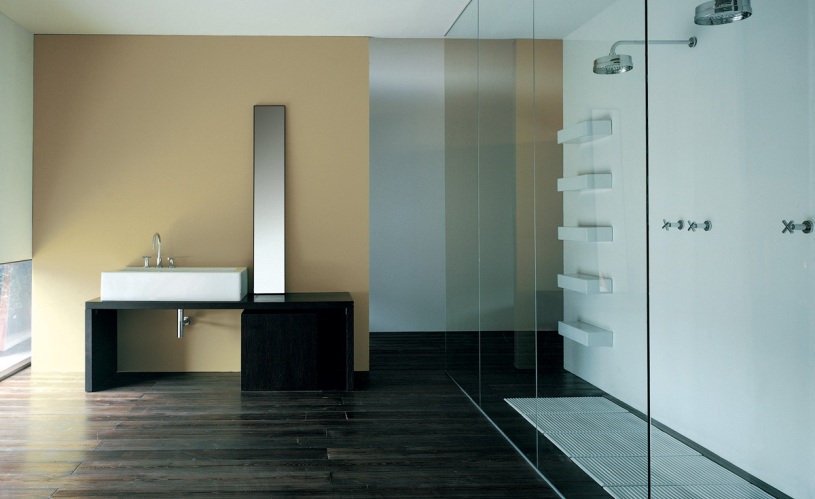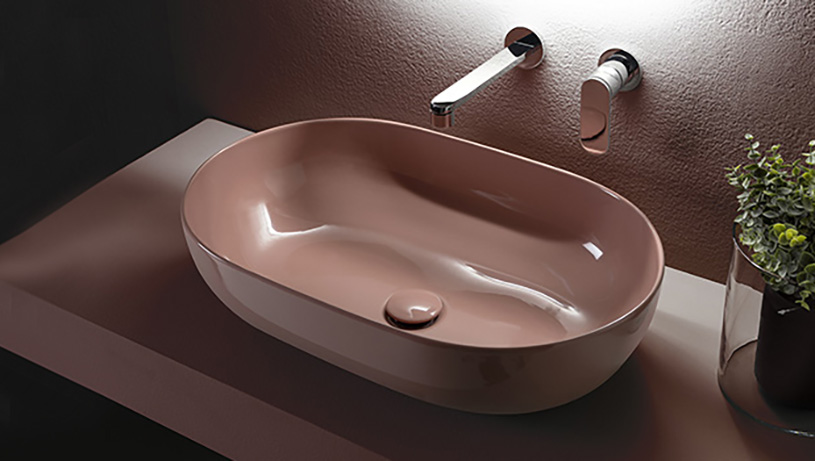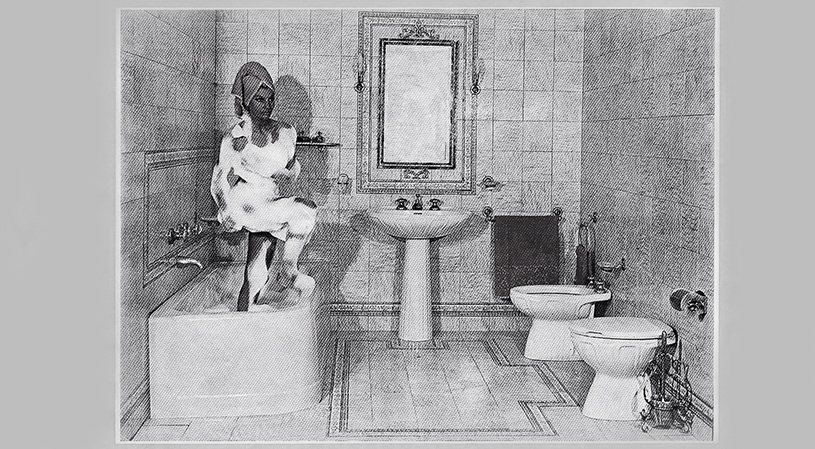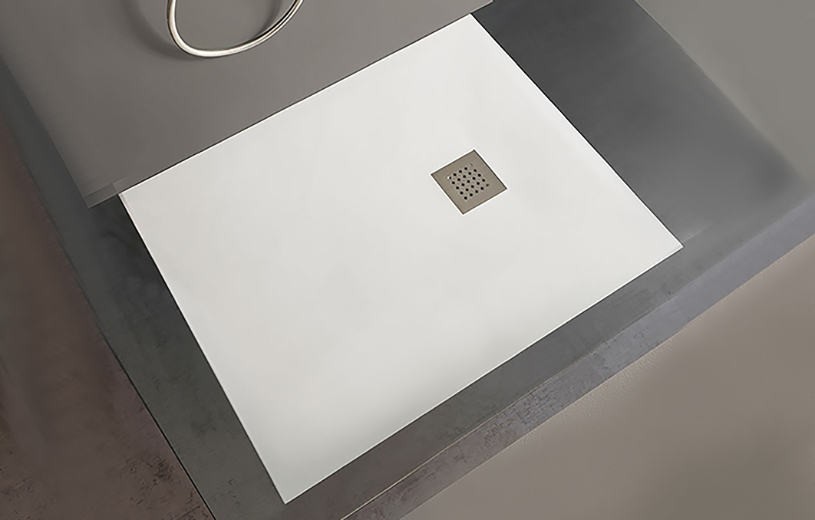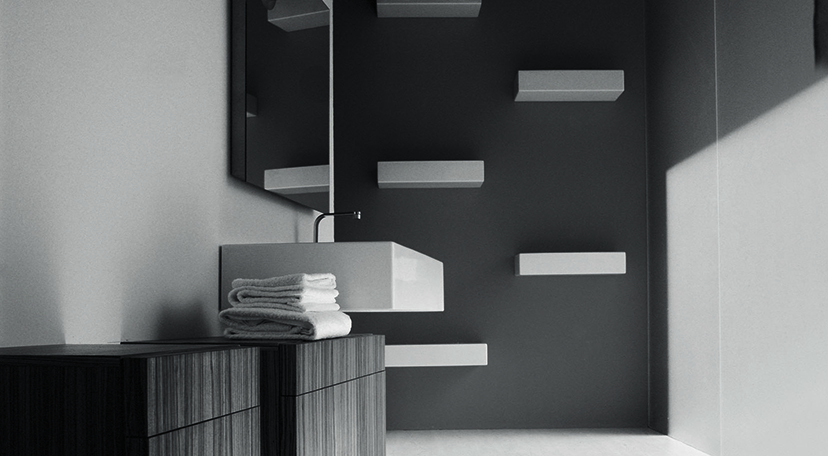Few people, perhaps, will remember that between the ‘70s and ‘80s, in most houses only sanitary ware with round shapes were installed, with more or less important volumes and with an anonymous aesthetic component, rather standard, aimed only at the practical use of the product . The design of these elements then has undergone an evolution over time: in addition to acquiring ever greater importance, obviously without compromising functionality, the round shapes have given way to the angularity of the square and rectangular shapes. We then explain to you this evolution of the shapes of the sanitary ware, from round to square / rectangular.
Classic sanitary ware: round shapes and exposed pipes
Until a few years ago, basins, WC, bidet and bath tubs were characterized by rounded shapes without sharp edges. The design was rather anonymous, the aesthetic component was not given great importance and the sanitary ware were all very similar to each other. Furthermore, they were always resting on the ground and detached from the wall, the pipes were therefore visible, the drain was also on the ground and the box was exposed, as it was not embedded in the wall as it is today.
Modern sanitary ware: angular shapes and hidden pipes
Over the years, the shapes of the sanitary ware have undergone an evolution: the curved lines have given way to the angularity of the square and rectangular lines; the aesthetic component acquires more and more value, each element stands out from the other for a unique and original design; they are usually suspended and attached to the wall, therefore the pipes disappear, as well as the drain and the box.
The evolution of Ceramica Flaminia
In 1997 Ceramica Flaminia launched Acquagrande on the market, a highly successful basin, still in production today, and which at the time revolutionized the concept of the bathroom. The square shape completely broke with the patterns used up to then, challenging the ceramic material: producing square shapes with this material was in fact a real challenge.
This imposing basin became an icon of style, thanks to its geometric rigor and the characterizing minimal sign. Later, to meet all needs, the line was expanded with different types and sizes: suspended, built-in, free-standing, semi-recessed and even in mini format.
This was only the first step towards a radical change: the company’s approach to design changed completely. Over the years, the continuous aesthetic research combined with the functional one, and the experience gained, have led to increasingly innovative and original proposals. Due to its vocation, the company has expanded its production by also trespassing in the field of taps and bathroom furnishings, signing collections of various furniture and accessories.
Rounded sanitary ware, today
Recently, there has been a return to rounded lines: Bonola, for example, is the perfect fusion between precision of details and softness compared to a ceramic object, the very thin edge is the dominant feature. Retro models are therefore trendy again, revisited in a modern key: the shape is round, the lines are curved and rounded, but unlike the ‘70s / ‘80s, the sanitary fixtures are usually suspended, attached to the wall and with the box set.
These two product lines are the example of how the shapes of the sanitary ware have changed and evolved over time, moving from square and clean profiles to rounded and sinuous shapes. Behind each of our products there is a continuous and constant study that will always lead to new goals: discover the new trends in bathroom furniture by consulting our products page.
